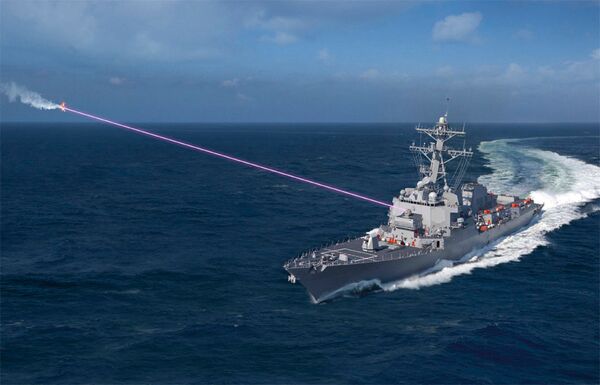
The US Navy is planning to use HELIOS technology to introduce laser capabilities into fleet operations. (Lockheed Martin)
The successful missile and unmanned aerial vehicle (UAV) defence by US Navy (USN) ships in the Red Sea has prompted discussion for accelerated development of lasers on USN surface ships in such scenarios.
However, the USN is still struggling, trying to achieve the power necessary for missile defence, according to defence analysts.
“Most of the problem is trying to aim for higher powers that can be useful against cruise missiles – like 300 kW – when the technology is still not mature enough to use in a combat setting,” Bryan Clark, a senior fellow at the Washington think-tank Hudson Institute, told Janes in advance of the Surface Navy Association (SNA) National Symposium 2024, which started on 9 January.
“There are several working 150 kW lasers out now, like the navy HELIOS [high-energy laser with integrated optical-dazzler and surveillance],” Clark noted.
“They are good against drones, but can only shoot one at a time and take 5–10 seconds for the laser to burn through the drone,” Clark said. “That works because drones are slow and the laser should be able to take out several in a swarm. Against a faster cruise missile, the burn through could take too long to stop the missile before it reaches the target. But more powerful lasers require extra power conditioning and storage and cooling, which most ships cannot accommodate without bringing on a container with batteries and cooling units.”
Looking to read the full article?
Gain unlimited access to Janes news and more...







